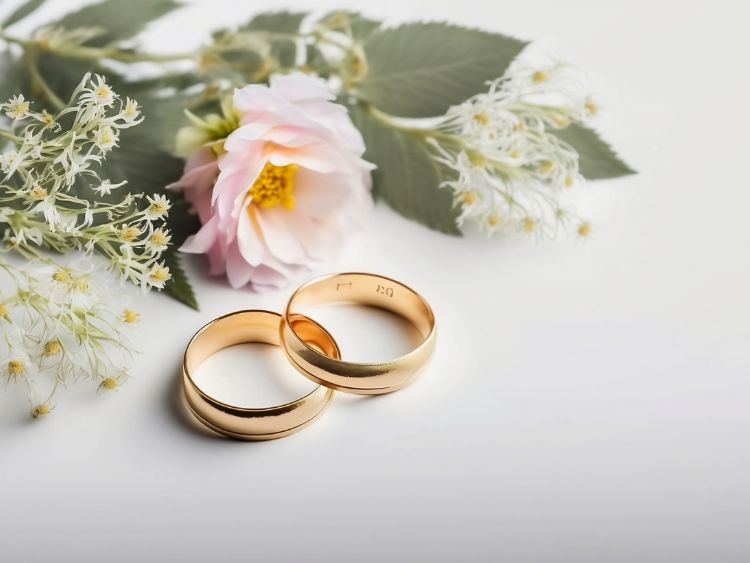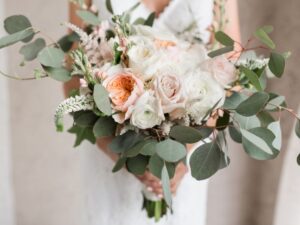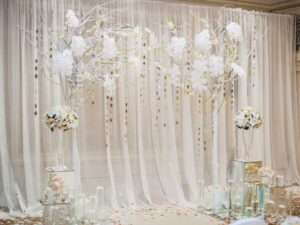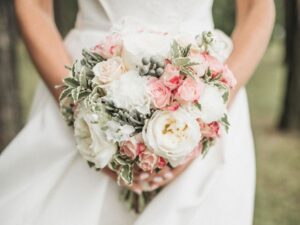Formal vs Black Tie: A Complete Guide to Understanding Dress Codes
When it comes to attending special events, the dress code is often one of the most confusing aspects. “Formal” and “black tie” are terms that can easily be misunderstood, leaving attendees unsure of what to wear. Is there a difference between the two? If so, how do you ensure you’re dressed appropriately for each occasion? Let’s dive into the details to distinguish between formal and black tie attire, ensuring you make the perfect impression at your next event.
Dress codes can feel like a minefield. One wrong choice and you risk feeling out of place. To avoid such mishaps, understanding the nuances between different dress codes is essential. Formal and black tie are often used interchangeably, but they carry distinct meanings. Whether you’re attending a wedding, gala, or corporate event, knowing the difference between formal and black tie attire can save you from potential embarrassment and help you dress to impress.
What is Formal Attire?
Formal attire, often referred to as “full dress,” is a dress code that signifies a higher level of sophistication and elegance. However, it’s more flexible than black tie, allowing for a range of clothing options.
Men’s Formal Attire
For men, formal attire typically means a dark suit with a tie. However, depending on the event’s formality, this can range from a business suit to a tuxedo. Here’s what you should consider:
- Suit: A well-tailored dark suit, usually in black, navy, or charcoal, is the cornerstone of formal attire. It should be paired with a dress shirt, usually white or light-colored.
- Tie: A classic silk tie or bow tie is appropriate, though the color and pattern can vary based on the event.
- Footwear: Polished leather shoes, preferably in black, are essential to complete the look.
- Accessories: Cufflinks, a pocket square, and a watch can add a touch of elegance to your ensemble.
Women’s Formal Attire
Women have more flexibility in formal attire, but elegance is key. Here’s what to consider:
- Dress: A cocktail dress or an elegant evening gown is suitable for formal events. The length can vary, but it should be modest and sophisticated.
- Colors: Darker hues like black, navy, or jewel tones are often preferred, though lighter colors can be appropriate for daytime events.
- Footwear: High heels or elegant flats are standard. The shoes should complement the outfit without drawing too much attention.
- Accessories: Simple jewelry, a clutch, and a wrap or shawl can enhance the overall look.
What is Black Tie?
Black tie is a specific subset of formal attire that demands a more precise dress code. It is typically reserved for evening events that begin after 6 PM, such as galas, weddings, and award ceremonies.
Men’s Black Tie Attire
For men, black tie is synonymous with a tuxedo. Here’s what you need:
- Tuxedo: A black or midnight blue tuxedo with a satin or grosgrain lapel is the standard. The jacket should be single or double-breasted.
- Shirt: A white dress shirt with a wing or turndown collar is essential. French cuffs with cufflinks are also a must.
- Bow Tie: A black silk bow tie is traditional, though some events may allow for slight variations in color.
- Footwear: Patent leather dress shoes, typically in black, are the go-to choice.
- Accessories: A black cummerbund or waistcoat, along with minimal yet elegant cufflinks, completes the ensemble.
Women’s Black Tie Attire
Black tie for women generally calls for a floor-length evening gown, though some variations are acceptable.
- Dress: A full-length gown is the gold standard for black tie events. While cocktail dresses may be acceptable, they should be on the more formal side.
- Colors: Classic black is always safe, but jewel tones, metallics, and deep reds can also work beautifully.
- Footwear: High heels are typical, though they should be elegant and complement the dress.
- Accessories: Statement jewelry, an elegant clutch, and possibly a stole or shawl are ideal additions.
Comparing Formal vs. Black Tie
While both formal and black tie attire exude sophistication, the key differences lie in their specificity and formality.
Flexibility vs. Specificity
- Formal Attire: Offers more flexibility, allowing for a range of clothing options, especially for men. While a tuxedo may be worn, it’s not mandatory.
- Black Tie: Much more specific, particularly for men. A tuxedo is required, and there’s little room for deviation.
Event Timing
- Formal Attire: Can be suitable for both day and evening events.
- Black Tie: Reserved almost exclusively for evening events starting after 6 PM.
Color Palette
- Formal Attire: Offers a broader color palette, especially for women, where lighter hues might be suitable for daytime events.
- Black Tie: Generally favors darker, more muted colors, with black being the most common choice.
When to Wear Formal vs. Black Tie
Understanding when to wear formal attire versus black tie is crucial to making the right impression.
Formal Events
- Weddings: Formal attire is often requested for weddings, especially those held in the late afternoon or early evening. However, unless specified as black tie, you can opt for a dark suit or a cocktail dress.
- Business Dinners: High-profile business events often require formal attire. Men should lean towards a dark suit, while women can wear a sophisticated dress.
- Funerals: Though somber, formal attire is typically required at funerals, with men wearing dark suits and women opting for conservative dresses.
Black Tie Events
- Gala Dinners: Black tie is the standard for gala dinners, charity balls, and similar events. This is where you’ll see the most adherence to traditional black tie rules.
- Award Ceremonies: Events such as the Oscars or high-profile award ceremonies often require black tie attire, meaning tuxedos for men and evening gowns for women.
- Formal Weddings: Some evening weddings, particularly those held at prestigious venues, may specify black tie on the invitation.
FAQs
1. Can I wear a dark suit instead of a tuxedo to a black tie event?
No, a dark suit is not appropriate for black tie events. The expectation is a tuxedo, as the dress code is quite specific.
2. Is a cocktail dress acceptable for black tie?
While a cocktail dress may be acceptable at some black tie events, it’s safer to opt for a full-length gown to avoid being underdressed.
3. Can women wear pants to formal or black tie events?
Yes, women can wear a formal pantsuit or a tailored jumpsuit, but it should be of luxurious fabric and paired with elegant accessories.
4. What does “black tie optional” mean?
“Black tie optional” means a tuxedo or evening gown is preferred, but a dark suit and formal dress are also acceptable.
5. Are black tie and white tie the same?
No, white tie is even more formal than black tie. It requires a tailcoat for men and a full-length ball gown for women.
Conclusion
Navigating the world of dress codes can be daunting, but understanding the difference between formal and black tie attire is the first step to dressing appropriately for any occasion. Whether you’re donning a tuxedo for a black tie event or a sophisticated suit for a formal gathering, being well-dressed not only shows respect for the occasion but also boosts your confidence. Remember, when in doubt, it’s always better to be slightly overdressed than underdressed.
Authoritative Links
- https://www.debretts.com/expertise/etiquette/dress-codes/black-tie/
- https://www.gq.com/story/black-tie-optional-dress-code-men
- https://www.theknot.com/content/what-to-wear-black-tie-optional-wedding
- https://www.vogue.com/article/dress-code-guide-black-tie-formal-casual
This comprehensive guide on formal vs black tie attire will ensure you’re always dressed to impress, no matter the occasion.



